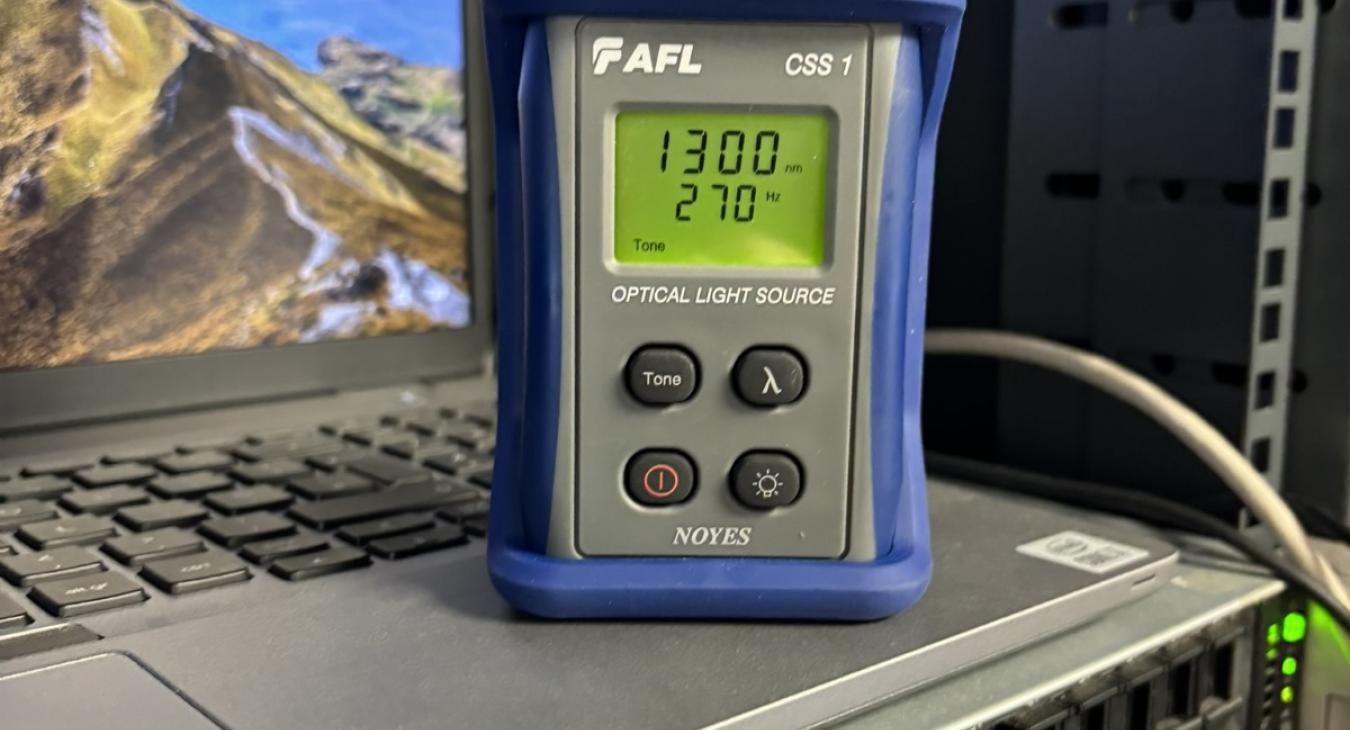Loss Testing in Fibre Optic Cables
In the rapidly advancing world of telecommunications and data transmission, fibre optic technology stands as a cornerstone for high-speed, high-capacity networks. Unlike traditional copper cables, fibre optic cables utilise light to transmit data, allowing for greater bandwidth and significantly lower attenuation over long distances. However, to ensure the optimal performance and reliability of fibre optic networks, meticulous testing and maintenance is essential. One of the most critical aspects of this process is loss testing.
What is Fiber Testing?
Loss testing in fibre optic cables is a testing technique used to measure the amount of light lost as it travels through the cable. This loss, known as attenuation, can be caused by a variety of factors, including the quality of the fibre, splices, connectors, and environmental conditions. By identifying and quantifying these losses, technicians can assess the overall health of the network, identify potential issues, and ensure that the system meets the required performance standards.
The importance of loss testing cannot be overstated. As modern applications demand ever-increasing data rates and reliability, even minor losses can significantly impact the efficiency and effectiveness of communication systems. Regular loss testing helps in maintaining the integrity of the network, ensuring that it can handle the growing demands for data transmission with minimal disruption.



 Landlord In Cowley & Bicester, Oxford
Landlord In Cowley & Bicester, Oxford